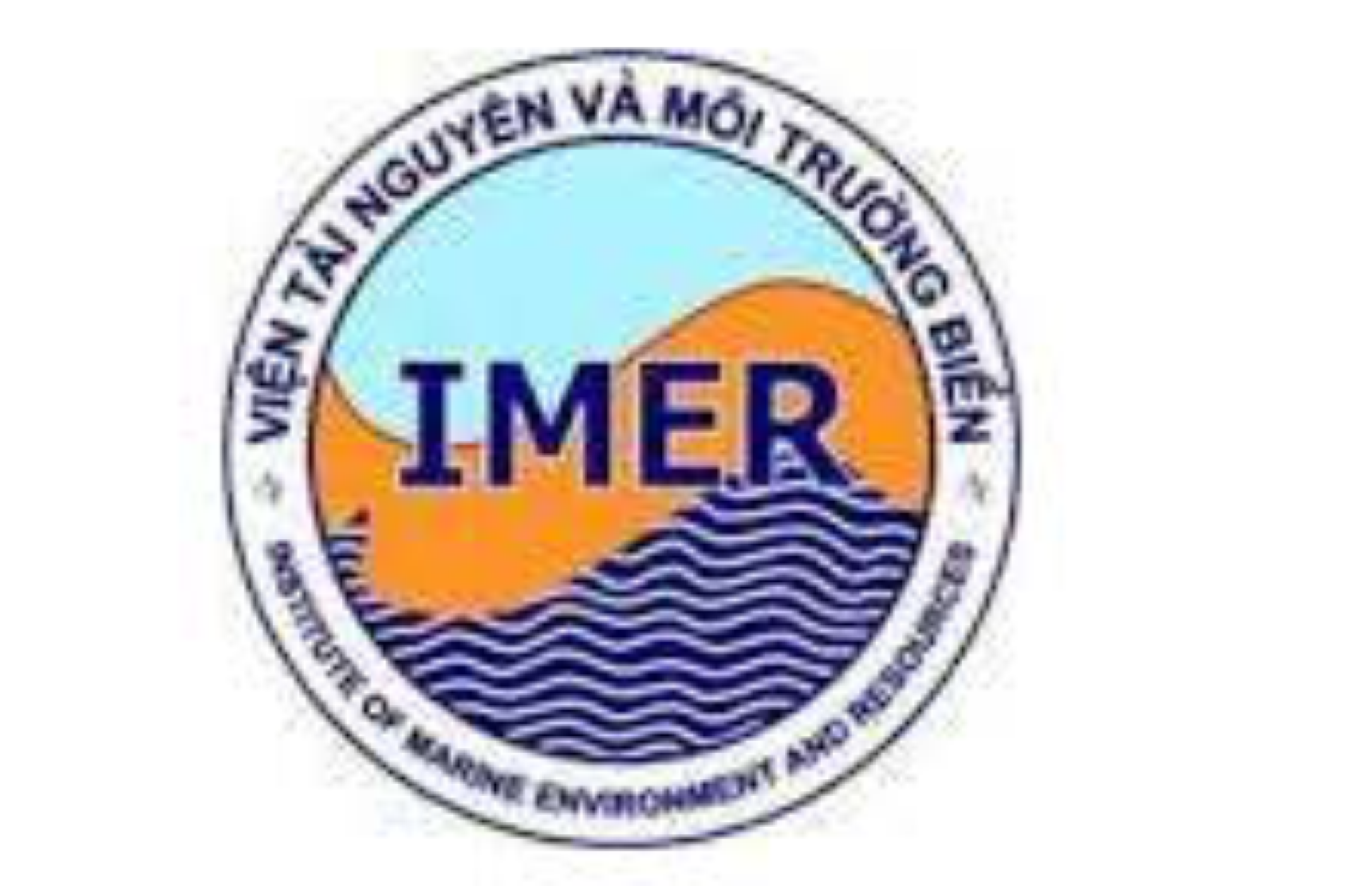Research on effects of geo-hydrodynamics on topographic changes in the estuary of Cua Dai, Quang Nam province
Author affiliations
DOI:
https://doi.org/10.15625/1859-3097/19/3B/14518Keywords:
Cua Dai, Quang Nam, MIKE, DELFT3D, coastal erosion, estuarine accretion.Abstract
Accretion and erosion processes recorded in the estuary of Cua Dai, Quang Nam province from 2014 to present have directly affected the issues of flooding drainage system, waterway traffic, aquaculture and seafood exploitation services. These have been drawing special attentions of national and international scientists. So far, several solutions are implemented to overcome these problems such as concreted embankments or dredging operations of the channel to open the sea. The solutions, however, are just temporary to solve immediate situations but not long-term. As a result of passive solutions, the shoreline is still seriously eroded and then the estuary of Cua Dai is re-accreted. Annually, Vietnam government and local offices still spend a large budget and time for recovering and minimizing the effects of such catastrophes without long-term effectiveness. One of the main causes of erosion and accretion of the Cua Dai estuary is hydrodynamic factors and the complex of sediment transportation. The results show that the northeast waves with high frequency and intensity in combination with floods during the Northeast monsoon are considered to be main causes. The accretion of estuary and formation of “Dinosaur island” in front of Cua Dai estuary is partly due to the combined sediment sources caused by the nearshore currents of northeast waves from the north direction and from the river by floods, especially the historical flood event in November, 2017.Downloads
Metrics
References
van Rijn, L. C., 1993. Principles of sediment transport in rivers, estuaries and coastal seas (Vol. 1006). Amsterdam: Aqua publications.
van Rijn, L. C., 2007. Unified view of sediment transport by currents and waves. I: Initiation of motion, bed roughness, and bed-load transport. Journal of hydraulic Engineering, 133(6), 649–667.
van Rijn, L. C., 2007. Unified view of sediment transport by currents and waves. II: Suspended transport. Journal of Hydraulic Engineering, 133(6), 668–689.
DHI, 2019. Users Manual: MIKE 11. Danish Hydraulic Institute.
Delft Hydraulics, 2006. Delft3D-Flow User Manual; Delft3D-Wave User Manual.
https://www.gebco.net/data_and_products /gridded_bathymetry_data/









